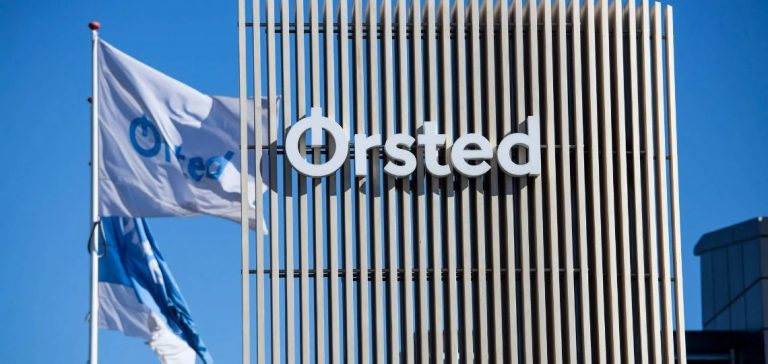Equinor ASA (OSE:EQNR, NYSE:EQNR) announced the acquisition of 41,197,344 shares of Ørsted A/S (“Ørsted”), representing 9.8% of the company’s shares and voting rights. This transaction establishes Equinor as the second largest shareholder in Ørsted, after the Danish State, which holds a controlling stake in the company.
Equinor’s investment in Ørsted is part of a long-term vision aimed at supporting the development of renewable energy sources. Anders Opedal, CEO of Equinor, stated: “Equinor has a long-term perspective and will be a supportive owner in Ørsted. This is a counter-cyclical investment in a leading developer and a premium portfolio of operational offshore wind assets. The exposure to production assets complements Equinor’s offshore wind portfolio with large projects under development.”
Investment Strategy and Perspectives
Equinor expresses its support for Ørsted’s strategy and management, without seeking board representation. This decision reflects Equinor’s confidence in Ørsted’s management and the growth potential of the offshore wind sector. Opedal added: “This investment is in line with Equinor’s strategy of value-driven growth in renewables. The offshore wind industry is currently facing a set of challenges, but we remain confident in the long-term outlook for the sector and the crucial role offshore wind will play in the energy transition.”
Ørsted has a net renewable generation capacity of around 10.4 GW and a gross portfolio of offshore wind projects in execution of approximately 7 GW. The company aims to achieve a gross installed renewable capacity of around 35 to 38 GW by 2030. This ambition demonstrates Ørsted’s commitment to the energy transition and carbon emission reduction.
Financial Impact of the Acquisition
Equinor’s position in Ørsted has been built over time through a combination of market purchases and a block trade. The current market value of Equinor’s holding in Ørsted is approximately USD 2.5 billion, based on a closing price on Friday, October 4 of DKK 418 per share and a USD/DKK exchange rate of 6.8.
Subject to obtaining regulatory approvals under applicable Foreign Direct Investment regulations, Equinor intends to increase its ownership to 10%. There are currently no plans to further increase the stake. The transaction will be executed within Equinor’s communicated financial framework, ensuring prudent investment management and alignment with the company’s financial objectives.
Synergies and Sectoral Complementarities
The acquisition of this stake strengthens the synergies between Equinor and Ørsted in the renewable energy sector. The complementarity of their offshore wind asset portfolios allows both companies to pool their expertise and maximize returns on their respective investments. This strategic collaboration is essential to meet the growing sustainability demands and accelerate the transition to cleaner energy sources.
By investing in Ørsted, Equinor consolidates its position as a major player in the renewable energy field while diversifying its investment portfolio. This move reflects Equinor’s commitment to reducing its carbon footprint and actively participating in the fight against climate change.
Future Perspectives and Developments
As the renewable energy sector continues to grow and evolve, strategic partnerships like the one between Equinor and Ørsted will be crucial in shaping the future of global energy. Both companies are well-positioned to leverage opportunities presented by new technologies and government initiatives aimed at promoting clean energy.
Equinor’s commitment to Ørsted is also a strong signal to investors and other stakeholders about the company’s direction. By focusing on sustainable investments and strategic partnerships, Equinor demonstrates its willingness to adapt to market changes and play a key role in the global energy transition.






















